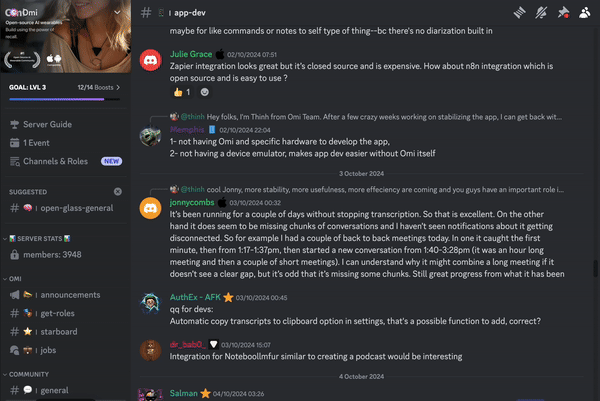Integration with Cloud Platforms (AWS, Azure)
Cloud platforms such as Amazon Web Services (AWS) and Microsoft Azure have fundamentally altered how IT services and infrastructure are delivered and managed. Integration with these platforms involves connecting on-premises applications, services, or systems with cloud-based resources and technologies to create a cohesive ecosystem that exploits the advantages of both environments. The process can enhance scalability, flexibility, and efficiency, enabling organizations to innovate rapidly and operate more cost-effectively.
Key Benefits of Integration
- Scalability: Cloud platforms offer virtually limitless computing power and storage capacity, enabling businesses to scale their operations up or down as needed without significant capital investment.
- Cost Efficiency: By blending cloud resources with on-premises infrastructure, organizations can optimize their IT spending by paying only for the resources they consume.
- Enhanced Security: Both AWS and Azure provide a robust set of security features and compliance certifications. Integration allows businesses to leverage these secure environments while maintaining control over sensitive data in on-premises systems.
- Business Continuity: Cloud integration can offer improved disaster recovery options, ensuring that data is backed up and applications are available in the event of a localized failure.
Integration Approaches
There are several ways businesses can integrate with cloud platforms, each catering to different needs and strategies:
- Hybrid Cloud Strategy: This involves combining on-premises infrastructure with public cloud services to ensure data and application portability. Resources can be spread across various environments for optimized performance.
- Multi-Cloud Strategy: Some businesses opt for a multi-cloud strategy where they utilize services from multiple cloud providers to avoid vendor lock-in and gain access to specific services or capabilities.
AWS and Azure Services for Integration
Both AWS and Azure provide numerous tools and services that facilitate integration:
- AWS Lambda & Azure Functions: These services allow for the creation of serverless applications that can run pieces of code in response to events from other AWS or Azure services.
- AWS Direct Connect & Azure ExpressRoute: These options provide dedicated network connections from on-premises to cloud datacenters, offering increased bandwidth and reduced latency.
- API Gateways: These services help in creating, publishing, maintaining, monitoring, and securing APIs at any scale, enabling seamless integration between on-premises data sources and cloud applications.
Data Integration and Management
Data integration is a critical component of cloud platform integration. Effective management ensures data consistency, quality, and accessibility across platforms. Popular tools for data integration might include:
- AWS Glue & Azure Data Factory: These are cloud data integration services that allow for ETL (Extract, Transform, Load) processes to move data between on-premises and cloud repositories efficiently.
- Cloud Storage Services: Amazon S3 and Azure Blob Storage provide scalable storage solutions, essential for integrating large volumes of data from various sources.
Challenges and Considerations
Integrating with cloud platforms can present several challenges:
- Complexity: The more complex the infrastructure, the more challenging the integration process. This requires careful planning and execution to avoid disruptive downtime or data inconsistencies.
- Security: Businesses must ensure that all data transfers and operations comply with regulatory requirements and are protected against unauthorized access.
- Interoperability: Different cloud providers might have varying standards and protocols, which can complicate integration efforts if not managed properly.
Integration with cloud platforms like AWS and Azure is a strategic decision that can provide numerous operational benefits when implemented effectively. It requires a thorough understanding of the organization’s current infrastructure, clear goals for the integration process, and continuous evaluation and management to accommodate evolving needs.
























